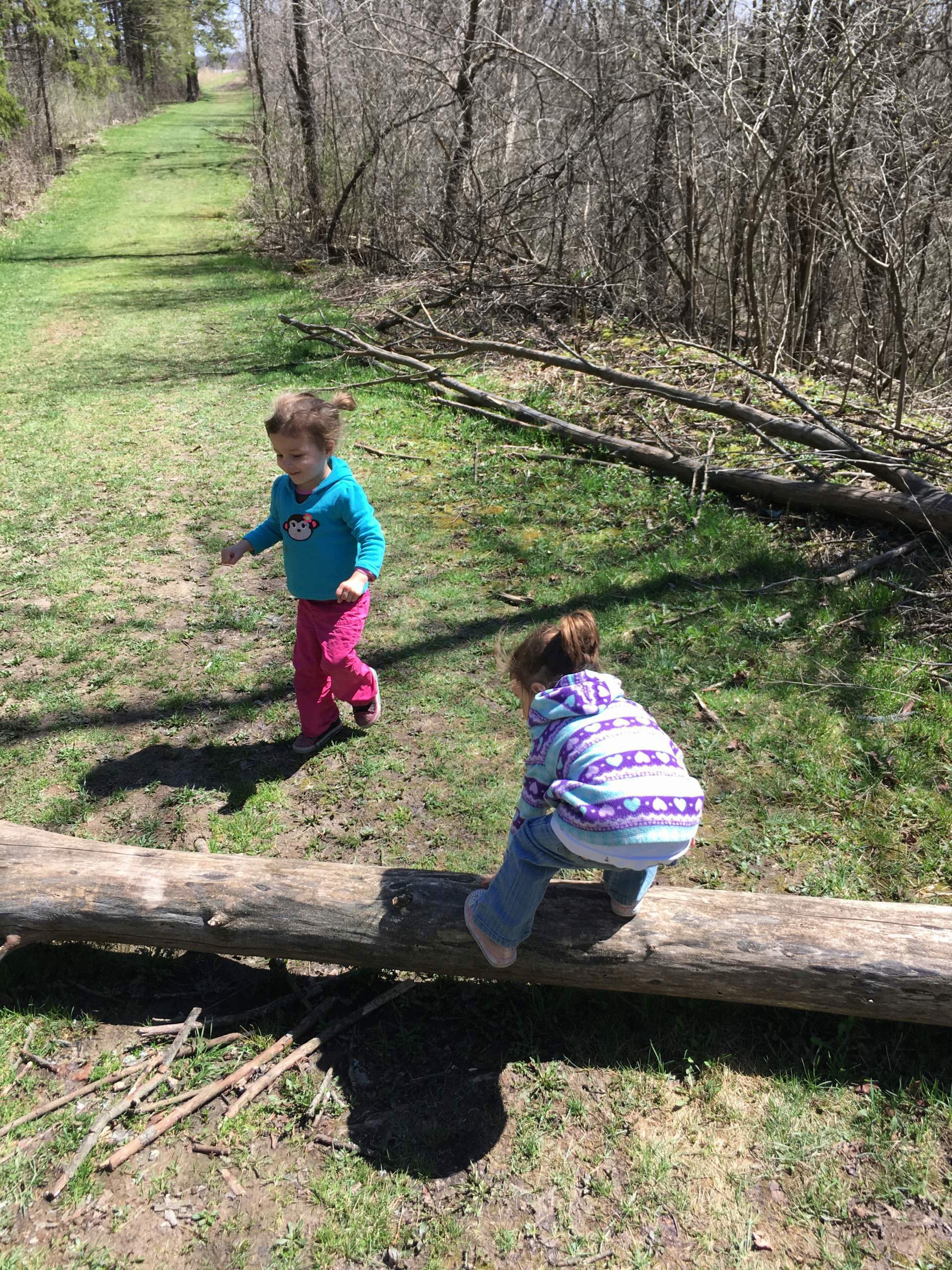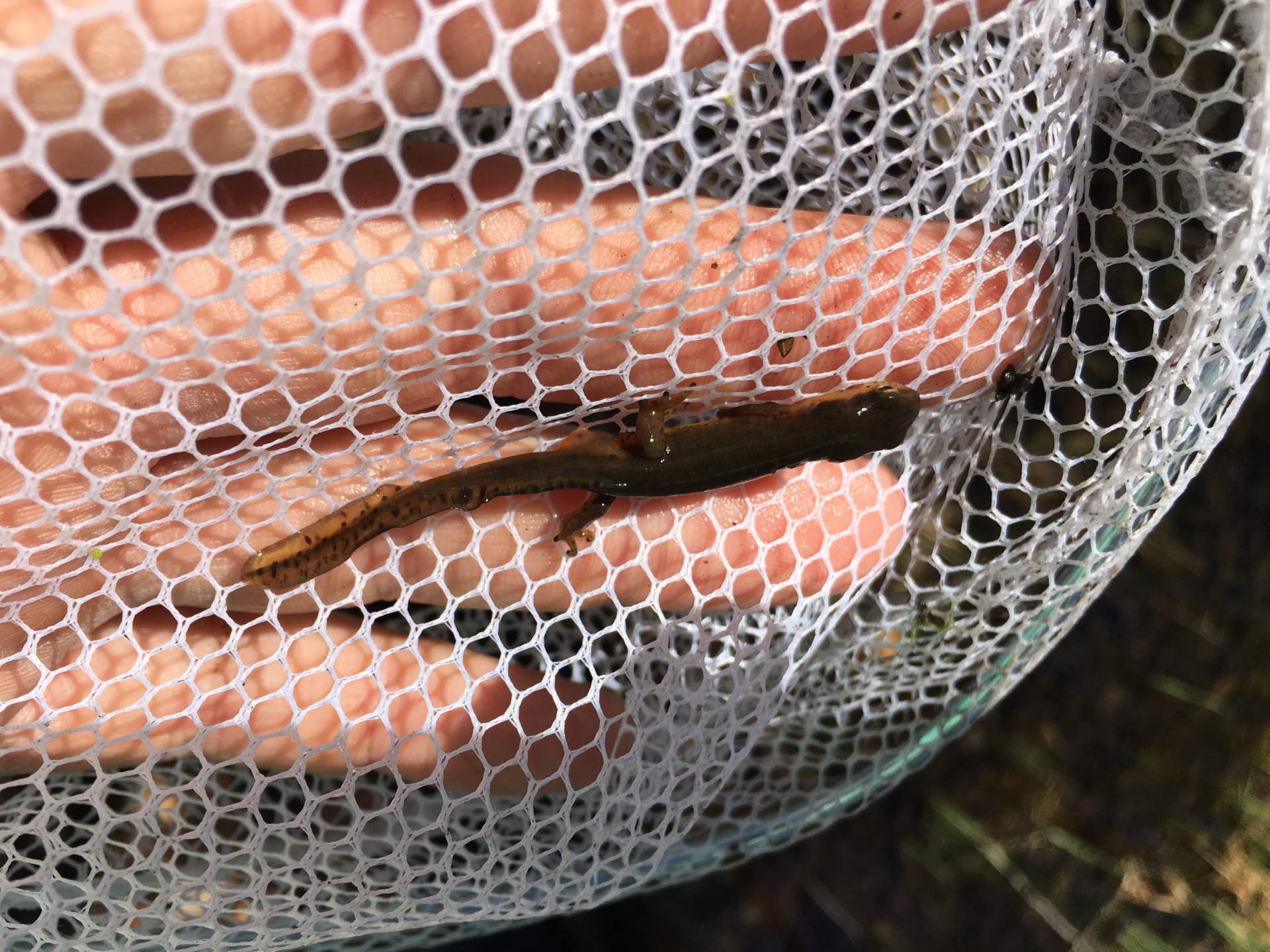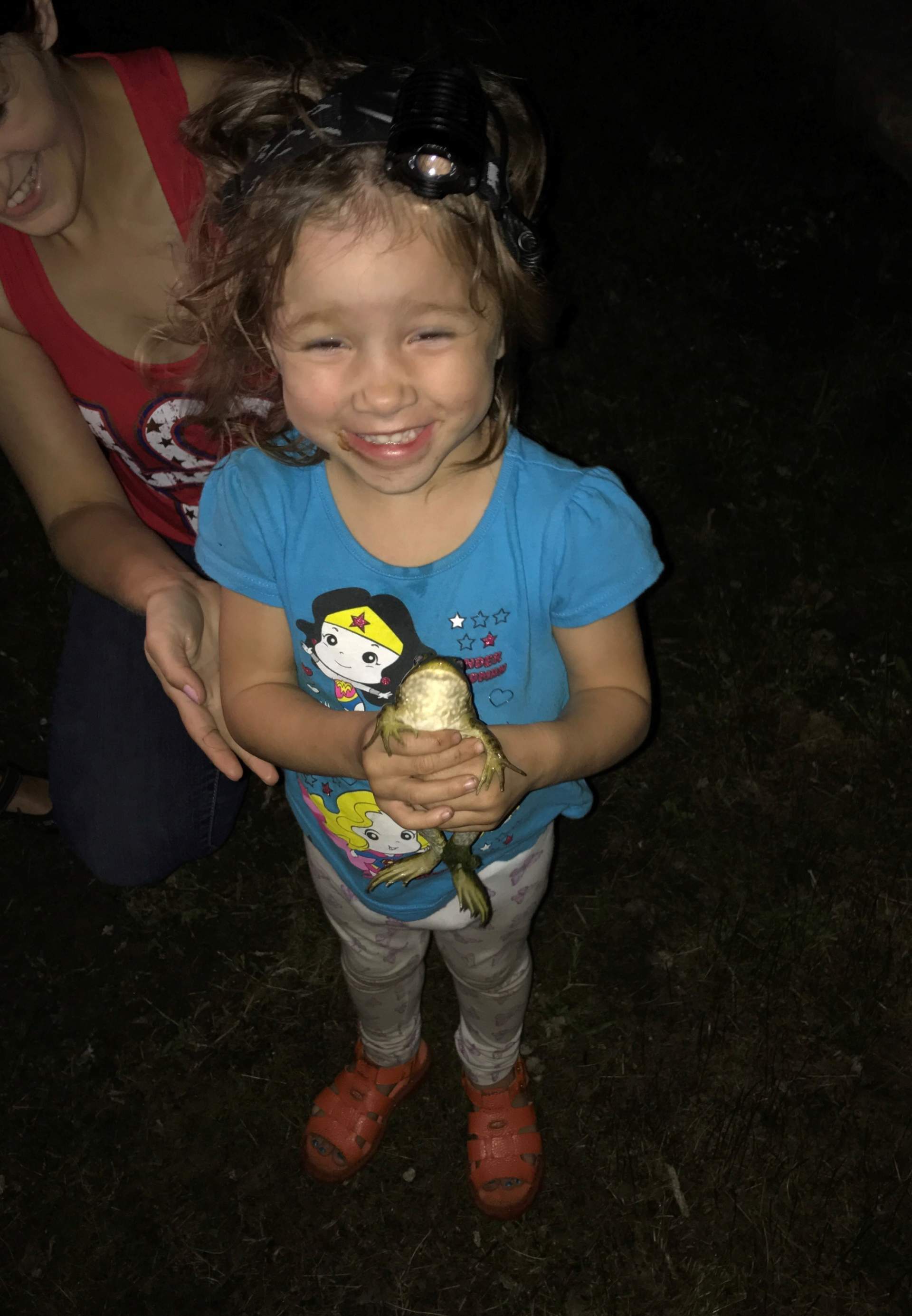Outside Fun for Kids With Your Friendly Neighborhood Reptiles

The best adventures for kids take place outside. Most start in the backyard, and often enough you share that backyard with some scaly neighbors. They may not pay rent, but they are as good a playmate as any other kid on the block. Parents and kids alike can have a blast finding, catching and learning from garden frogs, backyard lizards, turtles, snakes or any outdoor reptile.
Some people are lucky enough to have backyards perfect for finding wildlife, if you live near a pond or creek your odds will be a lot higher. Otherwise, a trip to a nearby park may prove just as fruitful. Either way searching for frogs, turtles and lizards can be a great adventure for parents to share with their kids.
The act of searching for amphibians or reptiles is called herping. The word “herp” comes from a Greek root meaning “creeping”. This is a great hobby for professionals and amateurs alike. This pastime allows you to see these animals in their natural habitat and learn from them. It’s great for kids because it helps them discover the animal kingdom in a hands-on way, and it’s always fun watching animals do their thing.
One key point to teach your kids and to remember: You should NOT remove any animals from the wild, that is their home and they are happy there. Take pictures, don’t take wildlife. It’s also important to leave the environment exactly the way you found it, the only thing you should leave behind are footprints.
How Do You Attract a Lizard, Snake or Other Reptiles?
Some people like the wildlife to come to them. Luckily there are ways to make your backyard more lizard friendly. Most little crawly creatures like places to hide, so if you take a piece of plywood and place it on the fringes of marshes or wet places with tall grass you are likely to attract little snakes or lizards who will hang out underneath. They also enjoy things like log piles for similar reasons. It’s a wonderful place to hide and crawl on, and the wood makes it feel like their forest home. Otherwise creatures like turtles and frogs enjoy ponds or bodies of water with sloping sides for easy access. These appealing habitats will bring in all sorts of little creatures.
Before heading outdoors, consider gaining a little extra knowledge on how to handle these creatures. The U.S. has a wide range of reptiles and amphibians, some probably live near you and many you may never see in person. Doing some research with the kids will help them understand what reptiles they might find and how to properly handle them.

Adventure Ahoy!
Often times it takes a while to find your little friends. Try to make a game out of it to keep all the younger members of your herping team into it. Nature trails and parks are perfect for keeping your expedition moving. Make it a contest to see who can find the most creatures or the most different species. Depending on where you live there can be a point system on finding unusual creatures for the area. If your group has a competitive streak it will keep them looking hard, and they will be more likely to find something.
You or your kids could try to take pictures of any lizard or turtle you find. Over time you could print the pictures and create a scrapbook or collage of all the little friends you’ve found. The kids could also decorate the papers with colored backgrounds or stickers. That way they will have a beautiful way to show off their documented discoveries.
The great part about searching for reptiles, even if you don’t find a whole lot, is that you will have fun being outside and exploring nature. Running around in the fresh air gives you a chance to focus and detach from the stressful real world for a while. This event will leave you feeling relaxed and accomplished.
How to Take Care of Outside Reptiles
It’s important not to accidentally harm any animal you may find. Children have a natural curiosity, and finding an animal in the back yard can be very exciting. For younger children suggest that herping is more of a spectator hobby, and don’t let them try and pick up any turtles or frogs. If you do decide to interact with any animal it’s important to know how to do it correctly. For example, to catch a turtle with your hands you should always keep in mind to handle them slowly. A quick flip or twist can pull on their insides and hurt them, likewise you should never have a turtle on its back unless absolutely necessary, this position is stressful to them as it leaves them with no control and vulnerable to predators. A turtle’s shell is sensitive, so don’t tap on it or squeeze too hard. If you do decide to pick it up, use two hands between the front and back legs. Turtles can be very slippery from the water or just rather feisty. They can wiggle, kick or even bite potentially causing the holder to let go and drop them. Using two hands instead of one also means using less pressure to hold them, which will make your little turtle friend much more comfortable.
Depending on what kind of animals are in the area you are field herping, you may have to look up different ways to keep your kids and the animals safe. No matter what amphibian or reptile you find, following up with hand washing is always important.
A good start would be to visit the Madison Area Herpetological Society site. Here you will find various articles on how to attract animals, how to take care of them as well as other related news, events and facts.
Overall this is fun, inexpensive hobby that gets your kids outside learning and interacting with nature!

Please join our newsletter, connect with us on Facebook or contact us for more information.
